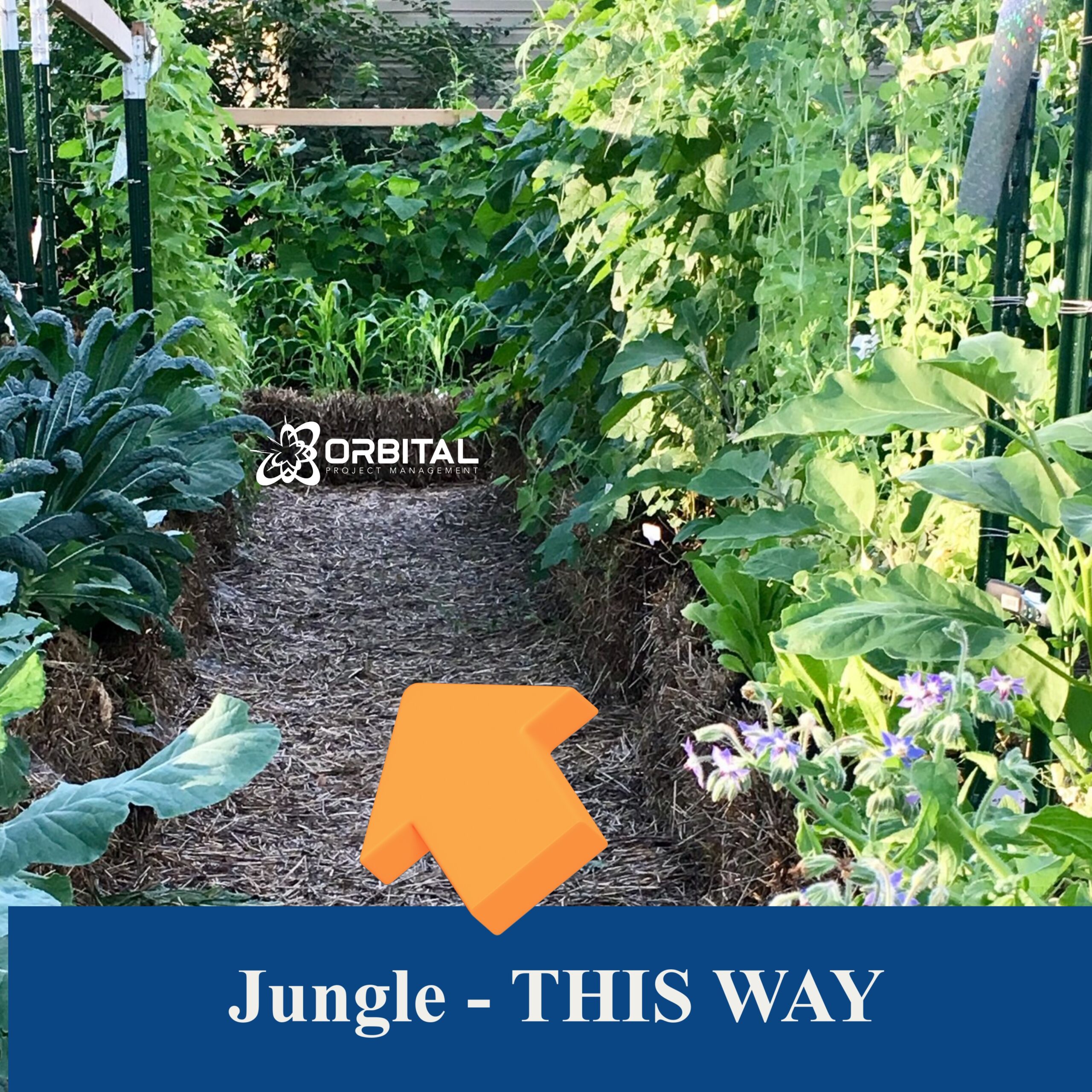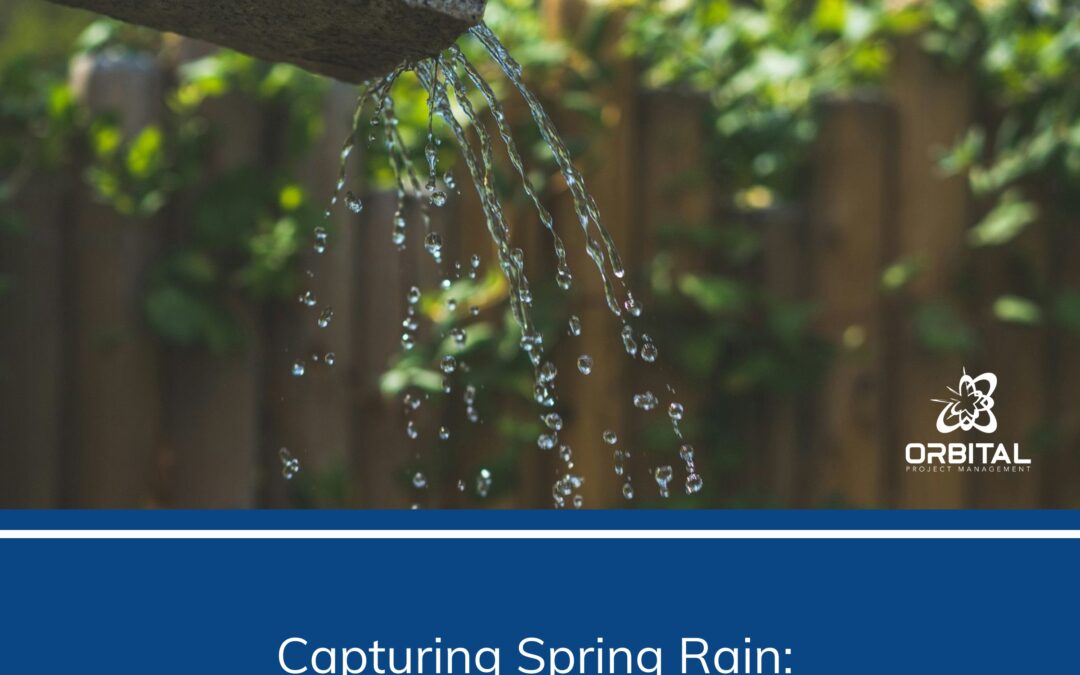If your garden is on the verge of taking over your yard, it’s time to get things managed.
Tomatoes
Yeah, they need their own heading.
There are two main types of tomatoes: determinate and indeterminate. Determinate varieties are more compact and produce fruit that ripens nearly at once. These are great for things like paste tomatoes that you want to use for canning soup, salsa, or sauces. Determinate plants are also less likely to go crazy or need much pruning. However, they don’t produce for the entire season. So, it’s better to have some indeterminate plants as well.
Indeterminate tomato varieties can overtake a garden if not pruned and supported. It is best to “pinch back” unwanted growth (a.k.a. suckers) as soon as it appears in the crooks of primary branches. While these extra branches will often produce fruit, they require so much plant energy to develop that they take away from other fruit that forms on the primary branches. So, off they go! Google “tomato pruning” for images and videos on which parts of the plant to remove.
Then it is time to support the ever-expanding primary branches using some method of staking. There are tomato “cages” that can be placed around young plants, but these often are overwhelmed and can topple if not well anchored. I prefer to use a central stake or trellis system. If you have a sturdy wooden or metal stake, drive it deeply into the soil near the main stem of the plant, then gently tie the stem at several points along it to the top using stretchy fabric like strips cut from an old t-shirt. Do not tie too tightly!
I have some trellised areas with horizontal wires that I can secure tomato branches to as they grow. See Joel Karsten’s Straw Bale Gardening book for instructions for building low-cost and durable trellises that last for many seasons.
Climbing Vines
This includes everything from pole beans and peas to cucumbers and melons. Some plants are “twiners” which means they simply spiral their stems around supports while others send out tendrils or root-like structures to grasp supports. Wisteria and honeysuckle are examples of twining plants, while cucumbers and peas are vining types.
Ideally, you want your climbing vines to have supports that aren’t other garden plants, which may be strangled over time. Depending on where your plants reside, you can provide anything from mesh netting to an obelisk for them to hang onto. One of my favorite supports are thin bamboo poles that can be stuck into the soil like a stake or placed into a circle of stakes and pulled together at the top to form a tipi-like structure. I have a jasmine that overwinters in the house with a bamboo tipi that it does quite well on.
Ground Vines and Zucchini
If you planted melons, squash, pumpkins, or zucchini, then you ain’t seen nothin’ yet. Just wait for August and September to roll around. To add insult to injury, I don’t have any advice for you except to gain whatever knowledge you can about where NOT to plant them next year.
The first year of my backyard garden, I tried 3 pumpkin varieties, 2 different colors of zucchini, 3 types of watermelon, and some French cantaloupe… Oops. I had to wade though spiny vines above my knees to find errant hens so I could coop them for the night.
Smaller melon varieties can be trained up a trellis with individual melons supported with mesh or old pantyhose. I even saw a reel where someone uses a strong stake to create a zucchini “tree” by tying the main plant stem up it vertically as it grows. By all means, look for some space-saving methods to have the plants you want in the area you have available. And always remember what happened the year you planted too many ground vining plants. #selfrestraint
Harvesting
You can read plenty of advice about when to harvest different plants, from herbs to melons. Seriously, if you’re unsure, then read it. My preference for harvesting most garden foods is to grab them in the early morning after they had a good evening watering the night before and the plants are dry and perky.
Some plants are easily damaged when wet, so dry is better. And cool is better as well. Hot, wilted plants don’t cope as well with the insult of harvest and the chance of fluid leakage at the severed site.
I typically head out with a mesh strainer basket for smaller items like cherry tomatoes and green beans or a large garden hod for bigger produce like cucumbers and zucchini. Few things soothe my soul like gently collecting food in the golden light of early morning. Try it. You’ll like it.
Putting Up Food
If you’re new to growing and preserving garden bounty, then get used to the colloquial terms for preserving. Canning, putting food by, and other phrases refer to preserving food for the times fresh options aren’t available. From dehydrating and canning to freezing and cellaring, there are many ways to ensure your garden produce doesn’t go to waste.
It is never too early to start food saving. From the earliest chives that appear in spring to the last of the green tomatoes taken before the first frost, putting up food can last the entire gardening season. I could write a book series on all the options, but other people already have (and they certainly have more knowledge than I do) so head to the library or get online and check out some options for the foods you are preparing to harvest.
The easiest place to start is refrigerator pickles. You don’t need a canner or any special equipment. I prefer to use quart size mason jars and reusable plastic or wood lids. Heck, you can even wash and slice up fresh cucumbers and add them to the remaining brine from your store-bought pickle jar once they are gone. They don’t last as long as canned pickles, but they are delicious…and help build your food preservation confidence.
First on my list for this year is mulberry jelly. An entire flock of birds has descended on my trees, so it will be a race to the berries for the next few days. Note: Jellies can be finicky, so be sure to follow the recipe to the letter without any alterations or substitutions or they may not jell or save well. And, if it still doesn’t work out correctly and you end up with syrup instead of jelly…throw it in the fridge anyway and serve it on pancakes or crepes. Can’t lose.
You can dehydrate in an oven on low heat if you don’t have a dehydrator. Things like snipped herbs in olive oil and homemade basil pesto (without the cheese) can be frozen in silicone ice cube trays and thawed as needed. You don’t need to head out and purchase an expensive pressure canner to give food preservation a try, but a word of caution: FOLLOW CANNING RECIPE INSTRUCTIONS. If you don’t have a pressure canner, don’t try water bath canning low-acid foods like green beans. Food spoilage illnesses can be deadly. So, follow recipes, check cans for proper sealing, and discard any items that may be unsafe to consume.
Blanching and freezing is another easy method. Look for instructions on how long certain foods need to boil prior to freezing to be safe and delicious when you pull them from the freezer in the middle of winter.
Canning Jars
I’m going to let you in on a secret known to avid canners: Mason jars sell out.
Seriously, grab your jars and lids NOW or you may have to wait another year. I would see shelves upon shelves of jars at the store and believe I had plenty of time to decide what I wanted to can and which size jars I would use. By the time I needed to process the bumper crop of tomatoes, cucumbers, and peppers they were gone. Not just slim pickings. Gone.
My best advice would be to grab one box of the three primary sizes: quart, pint, and half pint. They will come with one lid and band each in the case, but be sure to pick up extra of the flat metal lids in case any don’t seal properly. You can also get the wood or plastic ones for foods that you will immediately place in the refrigerator and eat soon after making. Pickles, relishes, sauces, salsa, soup, jellies, and many others can be put up in these sizes. I prefer the wide mouth quart size for pickles, but the regular mouth will work as well.
There are “fancy” jars available, too. Everything from colored glass to quilted sides, even flattened square shapes and tall twisty-looking ones. If that is your jam (pun intended), then go for it. Some people reserve those for gifting preserved items, but they will work just as well for your home stash.
Coming in July
Keep an eye out for links to some of my favorite canning recipes and other options for food saving techniques. Sign up below for our monthly newsletter, The Nucleus, to have subsequent installments of our backyard garden-along delivered right to your inbox:






